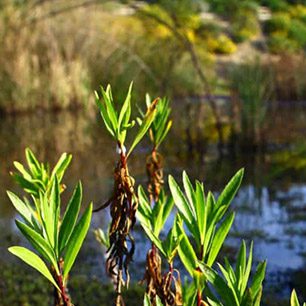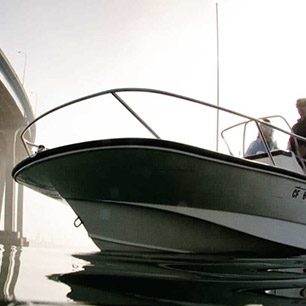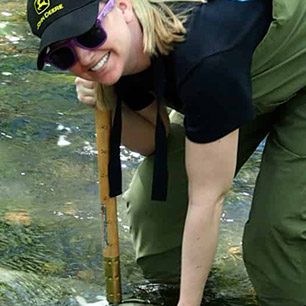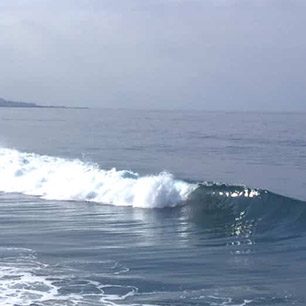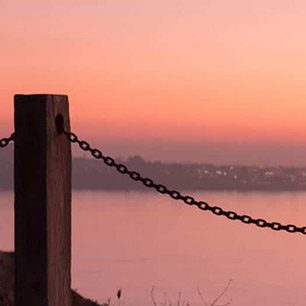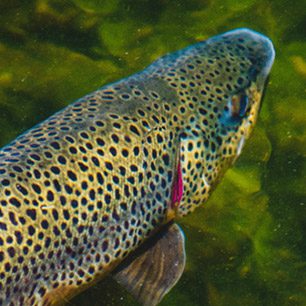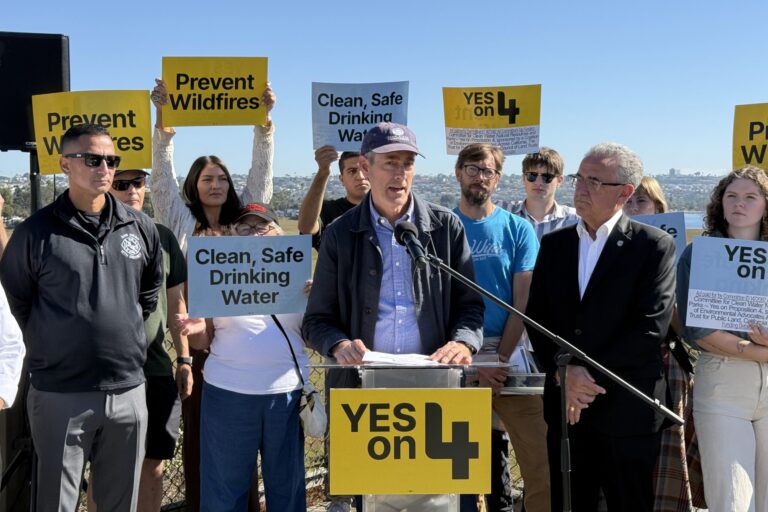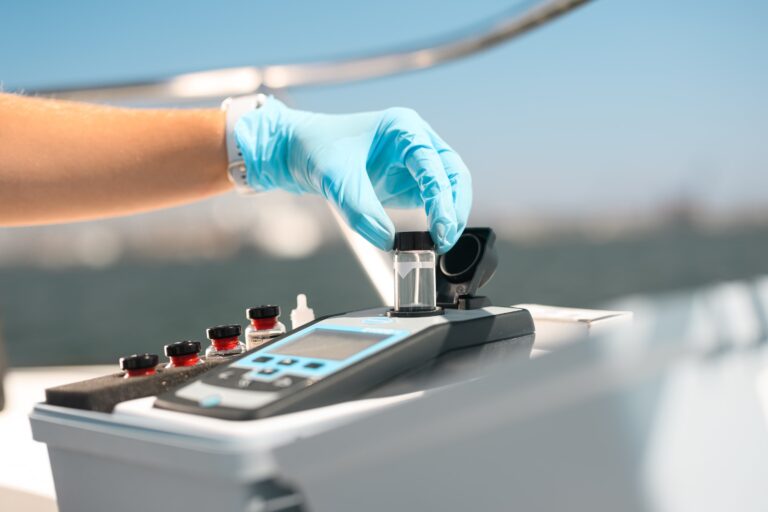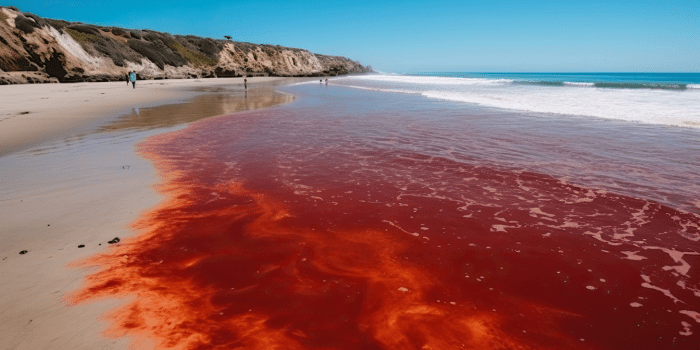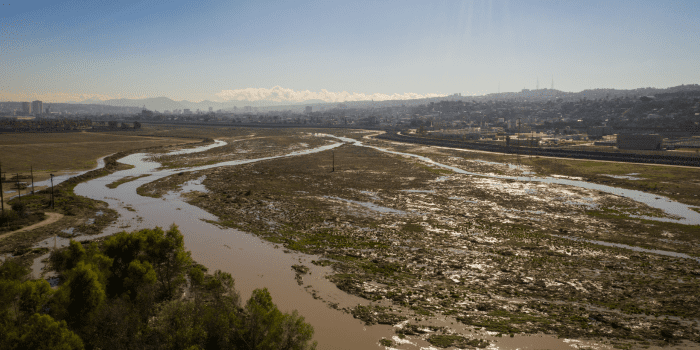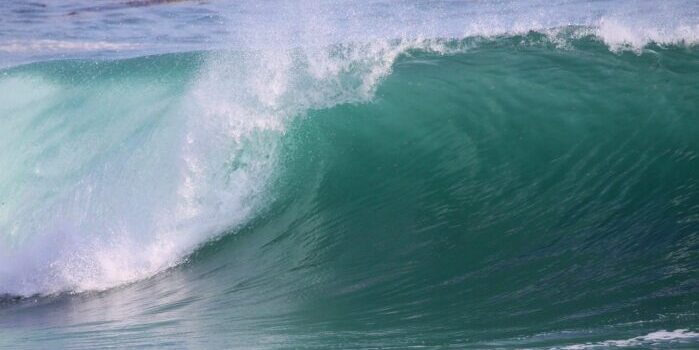Wednesday’s final ruling comes after a 20-year-long battle
SAN DIEGO, March 14, 2012 – San Diego Coastkeeper and Environmental Health Coalition (EHC) salute the Regional Water Quality Control Board (Region Board) on ordering a cleanup of the 143,400 cubic yards of the toxic sediment from the bottom of the San Diego Bay. After a 20-year battle, the polluters will be held accountable and the bay will have a chance to return to a cleaner state. In addition to celebrating the long-awaited cleanup order, both organizations asked the Regional Board to require that the cleanup actually achieve the alternative cleanup levels the Regional Board staff has determined is safe for e site to be cleaned up to the background pollution levels to ensure the bay is clean enough for public health and environment.
“The Regional Board should be applauded for finally acknowledging this pollution and the harm it causes,” said Jill Witkowski, legal director at San Diego Coastkeeper. “Finally, we can make sure that those responsible for the pollution will clean up their mess.”
San Diego Bay is listed under the federal Clean Water Act for 20 separate pollutants including sediment toxicity, copper, mercury, PAHs, PCBs, zinc, chlordane and benthic community effects. Due to the fish contamination from the pollutants, the Port of San Diego posted all piers along San Diego Bay with fish consumption advisories. Unfortunately, residents still catch and eat fish from the bay, resulting in serious human health risks.
“This toxic pollution at the bottom of San Diego Bay prevents it from being fishable,” said Environmental Health Coalition’s Laura Hunter. “The cleanup is great news for the communities surrounding the bay as the time has come to stop the harm to marine life in the bay and the surrounding families that rely on the fish to feed their children.”
Unfortunately, as approved, the cleanup order includes some loopholes that may let the responsible parties leave some of themore sediment pollution in the bay than the analysis shows is safe. Both Coastkeeper and EHC asked the Regional Board to require the sites to be cleaned to background pollution levelslevels the studies show is safe, but the levels that are included in the cleanup order allows the responsible parties to stop cleaning up at pollution levels much higher thanmay result in final pollution levels that are higher than the agreed cleanup goals.
“The best way to illustrate the gravity of this situation is to look at mercury levels in the bay,” said Witkowski. “Currently, the Regional Board found mercury levels in San Diego Bay that are unsafe for human and environmental health. But given the loopholes in this cleanup plan, the cleanup will be considered a ‘success’ even if the mercury level is exactly the same as it is right now.”
Coastkeeper and EHC suggested some steps to the Regional Board that it could take during the cleanup to protect the community and reach reasonable and safe cleanup levels. The Regional Board declined to require additional steps such as alternative fuel trucks and routing the dredged sediment to reduce truck traffic through nearby communities.
To find out more about San Diego Bay, Coastkeeper and Environmental Health Coalition’s work on the cleanup, visit Coastkeeper’s official website localhost/sdcoastkeeper.
###
Founded in 1995, San Diego Coastkeeper protects the region’s inland and coastal waters for the communities and wildlife that depend on them by blending education, community empowerment and advocacy. Visit us online at https://www.sdcoastkeeper.org.
Founded in 1980, Environmental Health Coalition (EHC) builds grassroots campaigns to confront the unjust consequences of toxic pollution, discriminatory land use, and unsustainable energy policies. Visit us online at https://www.environmentalhealth.org/.

